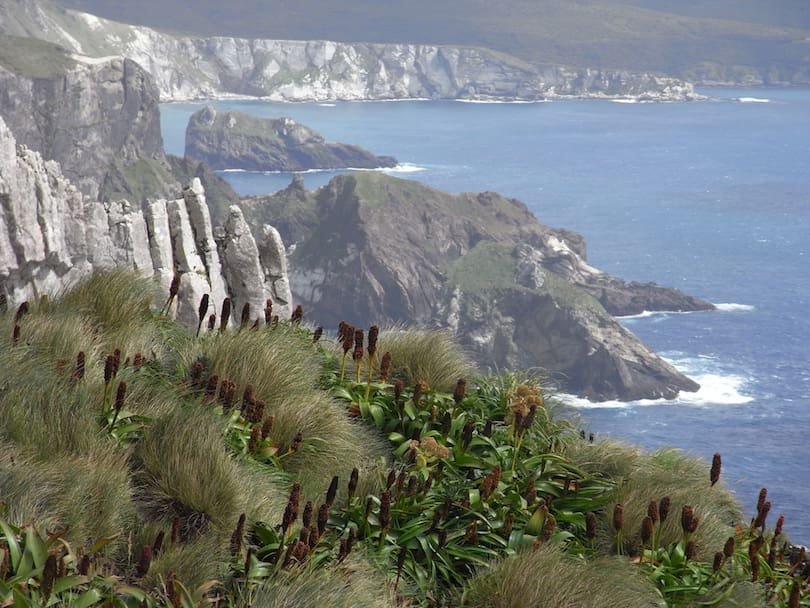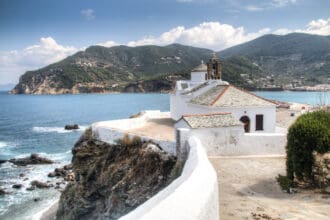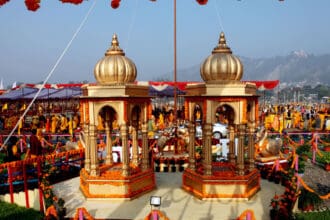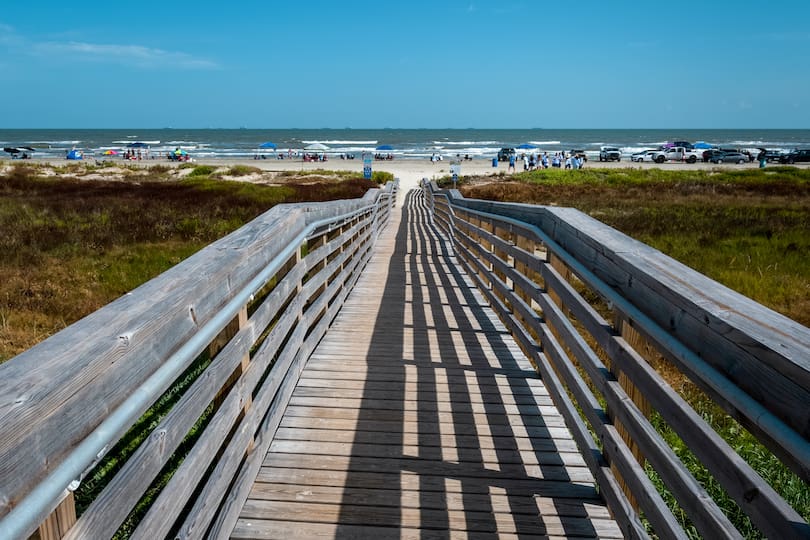The Sisodia Rani Palace and Garden is a magnificent architectural masterpiece that stands as a testament to the rich history and cultural heritage of Rajasthan, India. Built in the 18th century, this palace and garden complex is located on the outskirts of Jaipur, the capital city of Rajasthan. The palace and garden are named after Sisodia Rani, the queen of Maharaja Sawai Jai Singh II, who was the founder of Jaipur.
In this article, we will explore the beauty and history of the Sisodia Rani Palace and Garden, the architecture and design of the palace, and the significance of this landmark in the history of Rajasthan.
History of Sisodia Rani Palace and Garden
The Sisodia Rani Palace and Garden was built in 1728 by Maharaja Sawai Jai Singh II as a summer retreat for his queen, Sisodia Rani. The palace was designed by the king himself, who was known for his architectural skills and aesthetic sense. The garden was created to replicate the natural beauty of the Aravalli hills, which surround the palace.
The palace and garden were used as a summer retreat by the royal family until the 19th century. In 1958, the government of Rajasthan took over the palace and converted it into a museum. Today, the palace and garden are a popular tourist attraction and a symbol of the rich cultural heritage of Rajasthan.
Architecture and Design of Sisodia Rani Palace and Garden
The Sisodia Rani Palace and Garden is a beautiful example of Rajasthani architecture and design. The palace is built in the traditional Rajput style, which is characterized by its intricate carvings, jharokhas (balconies), and chhatris (domes).
The palace has several levels, with each level connected by a winding staircase. The palace is decorated with beautiful frescoes and murals that depict scenes from Indian mythology and the life of Lord Krishna.
The garden is equally impressive, with its beautiful fountains, flower beds, and water channels. The garden is divided into several levels, with each level offering a different view of the palace. The garden is also home to several species of birds and animals.
Significance of Sisodia Rani Palace and Garden
The Sisodia Rani Palace and Garden is significant for several reasons. Firstly, it is a symbol of the rich cultural heritage of Rajasthan and the legacy of Maharaja Sawai Jai Singh II. The palace and garden are a testament to the king’s aesthetic sense and his commitment to preserving the natural beauty of Rajasthan.
Secondly, the palace and garden are an important tourist attraction in Jaipur. They attract thousands of visitors every year who come to marvel at the beauty of the palace and garden and learn about the history and culture of Rajasthan.
Finally, the Sisodia Rani Palace and Garden is a popular venue for cultural events and festivals. The garden is often used for musical and dance performances, and the palace is a popular venue for weddings and other celebrations.
Visiting Sisodia Rani Palace and Garden
The Sisodia Rani Palace and Garden is located about 8 kilometers from Jaipur, and it is easily accessible by car or bus. The palace and garden are open to visitors every day from 9:00 am to 5:00 pm. The entry fee for Indian nationals is INR 50, and for foreigners, it is INR 200.
When visiting the palace and garden, it is advisable to wear comfortable shoes and clothing as there is a lot of walking involved. It is also important to carry water and sunscreen as the weather can get quite hot during the day. Visitors are not allowed to take photographs inside the palace, but photography is allowed in the garden.
Visitors can explore the palace and garden on their own or take a guided tour, which is available in several languages. The guided tours provide visitors with a deeper insight into the history and significance of the palace and garden.
Overall, the Sisodia Rani Palace and Garden is a must-visit destination for anyone traveling to Jaipur. It is a beautiful example of Rajasthani architecture and design and a symbol of the rich cultural heritage of Rajasthan.
Conclusion
The Sisodia Rani Palace and Garden is a magnificent architectural masterpiece that stands as a testament to the rich history and cultural heritage of Rajasthan. Built in the 18th century, the palace and garden complex is a beautiful example of Rajasthani architecture and design. The palace and garden are significant for their historical and cultural significance and are an important tourist attraction in Jaipur. They offer visitors a glimpse into the rich cultural heritage of Rajasthan and the legacy of Maharaja Sawai Jai Singh II. So, if you’re planning to visit Jaipur, make sure to add the Sisodia Rani Palace and Garden to your itinerary.
FAQs
- What is the best time to visit the Sisodia Rani Palace and Garden?
The best time to visit the palace and garden is from October to March when the weather is pleasant and mild.
- Can visitors take photographs inside the palace?
No, visitors are not allowed to take photographs inside the palace, but photography is allowed in the garden.
- Is there an entry fee to visit the Sisodia Rani Palace and Garden?
Yes, there is an entry fee for visitors. The entry fee for Indian nationals is INR 50, and for foreigners, it is INR 200.
- Are guided tours available at the palace and garden?
Yes, guided tours are available at the palace and garden in several languages.
- What is the significance of the Sisodia Rani Palace and Garden?
The palace and garden are a symbol of the rich cultural heritage of Rajasthan and the legacy of Maharaja Sawai Jai Singh II. They are also an important tourist attraction and a popular venue for cultural events and festivals.






